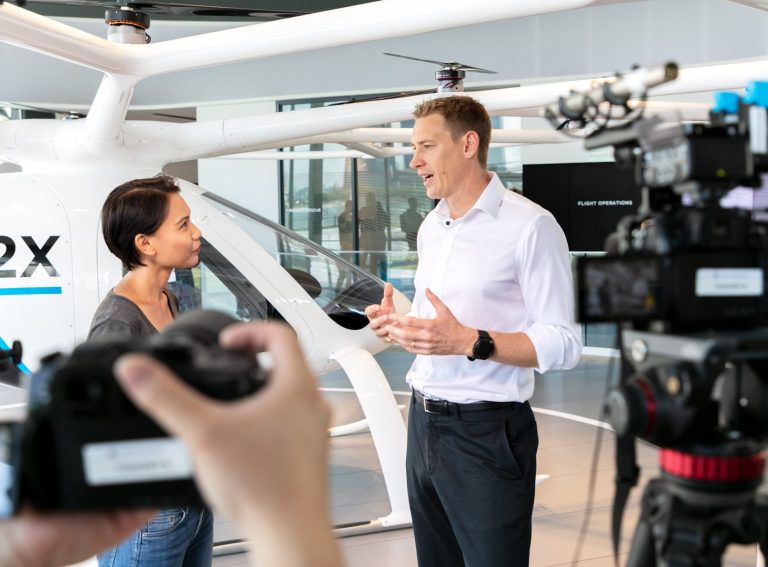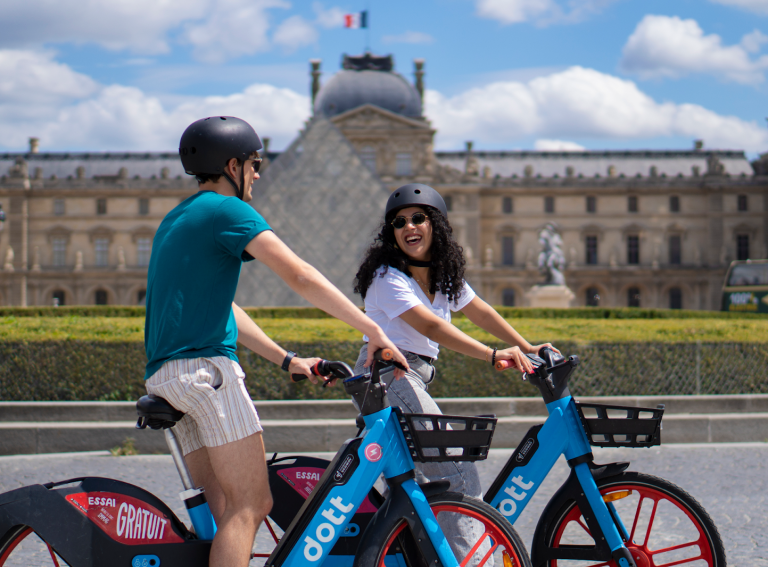This interview is part of a Market Movers series powered by Zoba.
Name: Gabriel Reginato
Position: General Manager, Brazil Operations at Tembici
Operations: Tembici is currently the largest bike-sharing operator in Latin America with a fleet of 22,000 bikes spread across 14 cities in Brazil, Chile, Argentina and Colombia. To date, it has facilitated over 220 million journeys.
Background: Tembici claims to have one of the strongest data analysis teams in the market and the most inclusive bike sharing system in the world.
Zag Daily: What are some of the unique challenges you face operationally?
GR: “Operating costs are very challenging in Latin America in general. Unlike many countries in Europe and the United States which have projects financed by the public authorities, in the case of Latin America, these economic resources are non-existant or extremely scarce.”
Zag Daily: What has been the key to Tembici’s operational success in Brazil specifically?
GR: “Given this lack of financing, the key for us lies in improving efficiency in logistics and maintenance. Brazilian cities are big. There can be 20 or more kilometres from the warehouse to the docking stations. If we had to maintain all the bikes in Sao Paulo from one location, this comes at quite a cost. So for the past six months we have been opening advanced hubs to reduce the radius of our logistics operations in order to become more efficient with rebalancing, and also recollecting and supplying bikes to the field.”
Zag Daily: How much of a difference has this made timing wise?
GR: “The results have been positive, but the initiative is still strategic and we will not announce the results yet. But what I can say is that this is one of our key input KPIs we track.”
Zag Daily: Tembici claims to have one of the strongest data analytics teams on the market. Can you share why you think this is?
GR: “It’s our mindset regarding KPIs that sets us apart. We differentiate between our input KPIs and output KPIs, and then just focus on the controllable inputs that we can actually influence. For example, instead of focusing on gross profit or EBITDA – these output indicators – we focus on the input KPIs that are actually generating them.”
Zag Daily: What are the input KPIs in operations?
GR: “We monitor two sets of input KPIs. One is maintenance and the other is logistics.
“In logistics, a key metric we closely monitor is the percentage of inoperative bikes collected daily. We collect as many as possible by the end of the day, aiming for around 95% to 100% collection. This helps guarantee that users can find available and functional bikes when they need them. To take it a step further, we also collect data on how long it takes to collect a bike after the bike is inoperative.
“When it comes to maintenance, our primary KPI is productivity. We track how many bikes a mechanic recovers and repairs on average per day. We also monitor the time it takes for a mechanic to repair a bike. Another valuable metric is the mean time between failure, which measures how long it takes for a bike to become inoperative.”
Zag Daily: At Micromobility Europe in Amsterdam last month, Tembici also said it had the most inclusive bike sharing system in the world. How does Tembici make the cities it operates in more accessible?
GR: “When we position our stations, we first consider the surrounding cycling infrastructure. In our research on the bike landscape in Brazil, we found that the proportion of women using our bike-sharing system is six times greater than the proportion of women in general bike usage. We believe that having a bike-sharing system with fixed stations, especially closer to well-developed infrastructure lanes, encourages more women to embrace cycling.
“The second reason is public transportation. As 80% of our trips are combined with another modal such as buses or the subway, we want to allocate our stations next to these areas. This makes the city more accessible for people who cannot afford a personal car. The third is population density. We take into consideration if that specific area has a lot of corporation headquarters, so that we can provide accessibility to as many people as we can.”
Zag Daily: As you continue to scale, what operationally do you need to do to reach the next phase?
GR: “One of Tembici’s focuses right now is on investment in better assets, particularly e-bikes, to provide users with a superior experience. As many of us know, once you try an e-bike, it’s difficult to go back to a mechanic bike. I would also say that we’re reflecting on how we can be more efficient not only regarding the logistics hubs I mentioned before, but also regarding payments. Our goal is to be even more democratic in terms of payment methods for people who cycle. We’re also focusing on building stronger partnerships to improve operations and attract additional funds.”
Zag Daily: Finally, what are your 2023 priorities? Do you plan to expand globally or regionally?
GR: “We should end the year with 30,000 shared bicycles in total. Investment in e-bikes will play a major role in this. By the end of 2023 we expect to close with 10,000 e-bikes, with more than 2,000 in both São Paulo and Rio de Janeiro alone.
“We will also take our shared bike systems to three new Brazilian capitals: Belo Horizonte, Curitiba and Florianópolis. Each city will receive 50 stations and 500 bikes.
“Moving forward, there is a lot of demand for our services in Latin America. Bike sharing is fundamental for the future of urban mobility and helps cities fulfil their climate commitments.”





